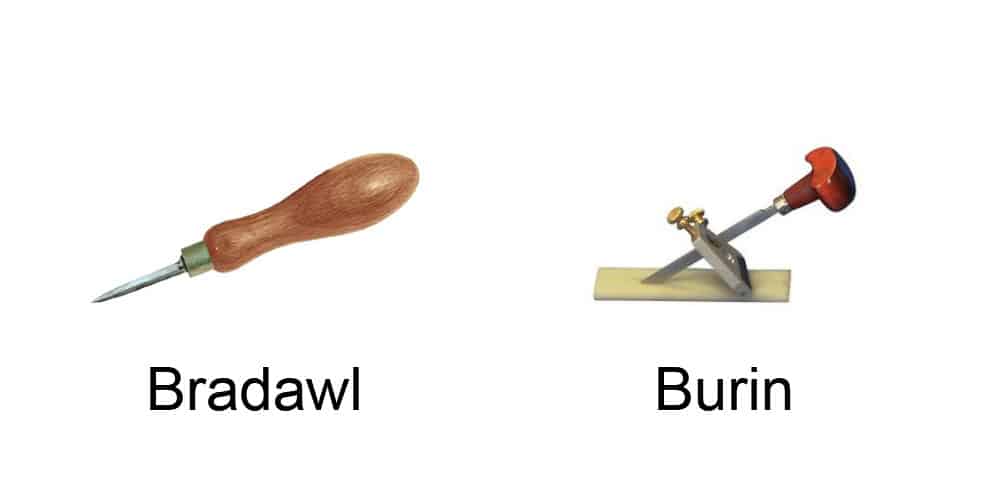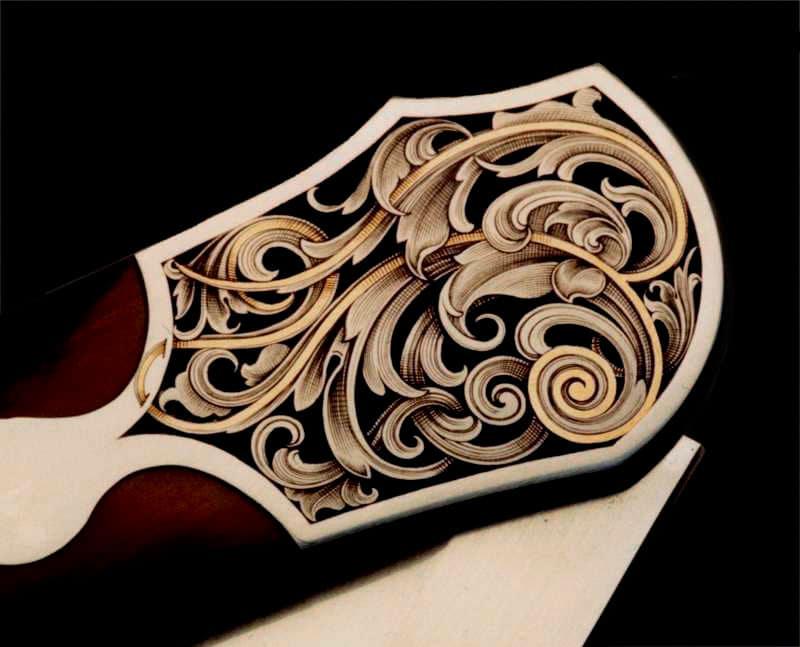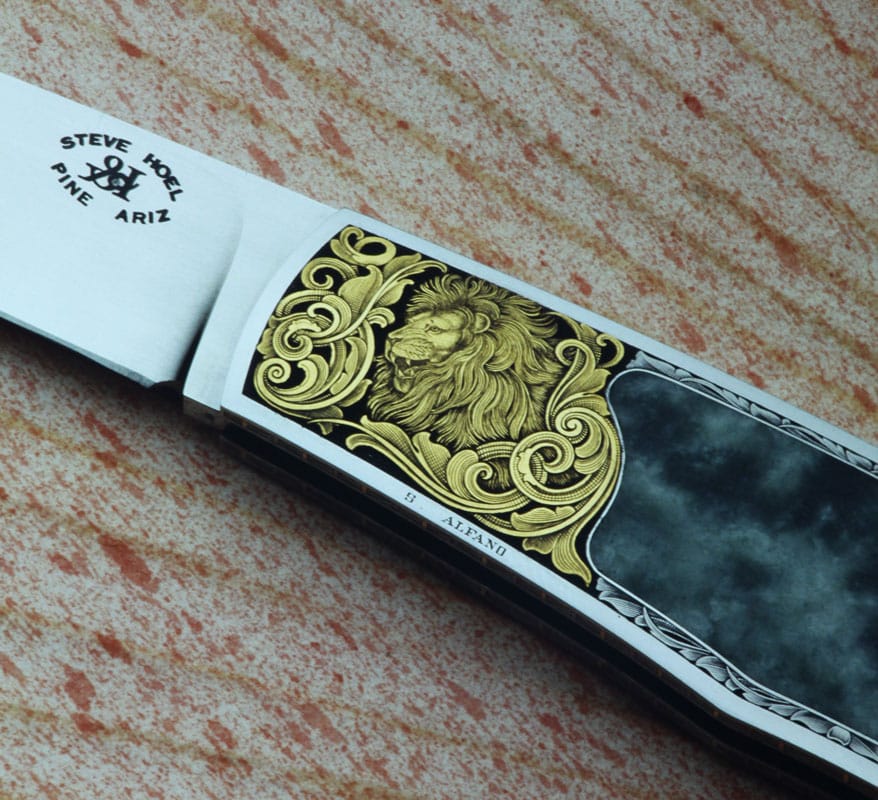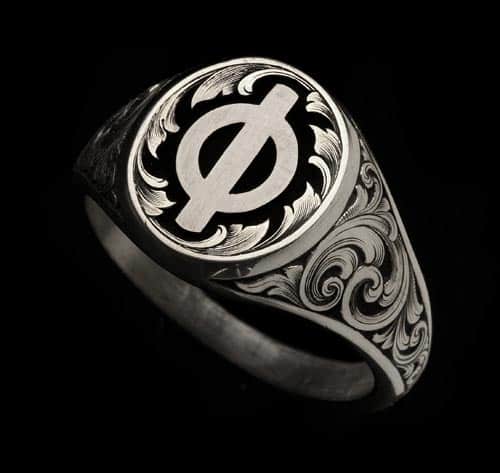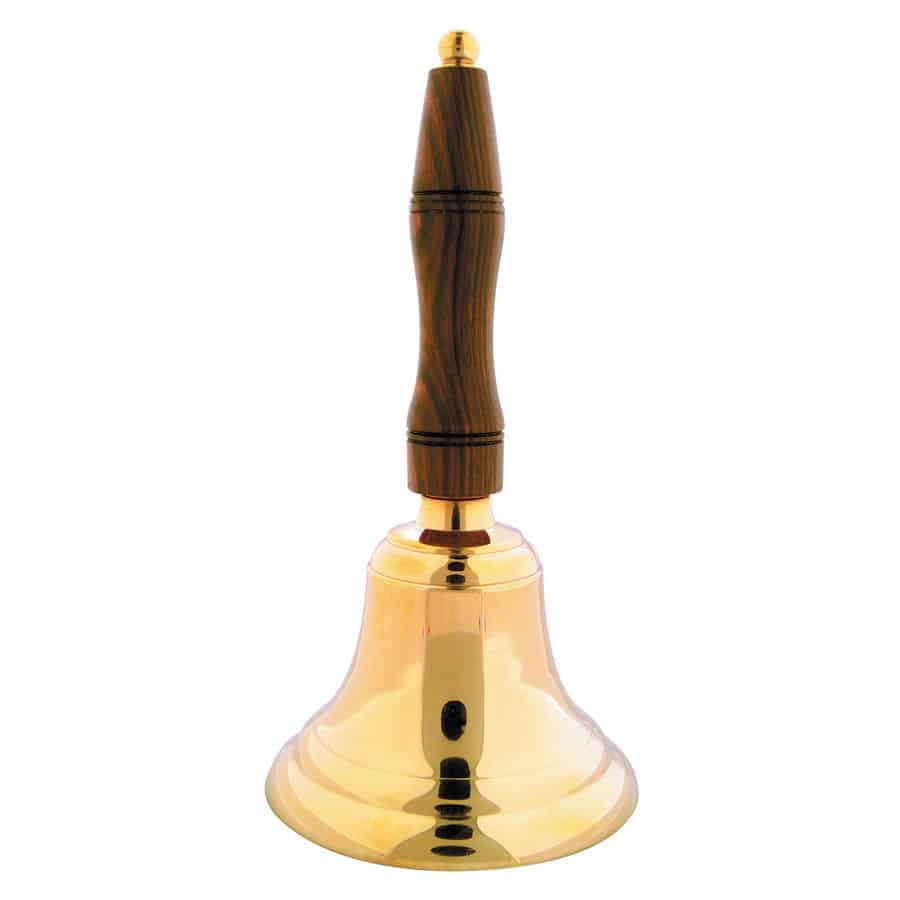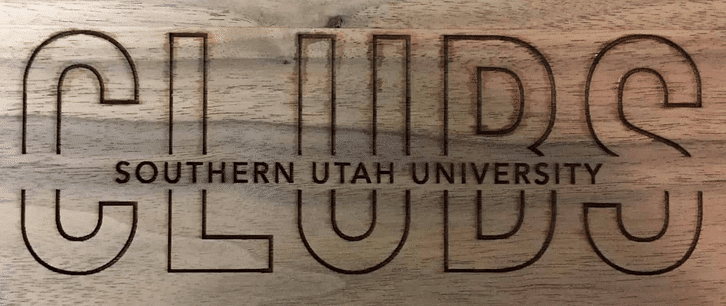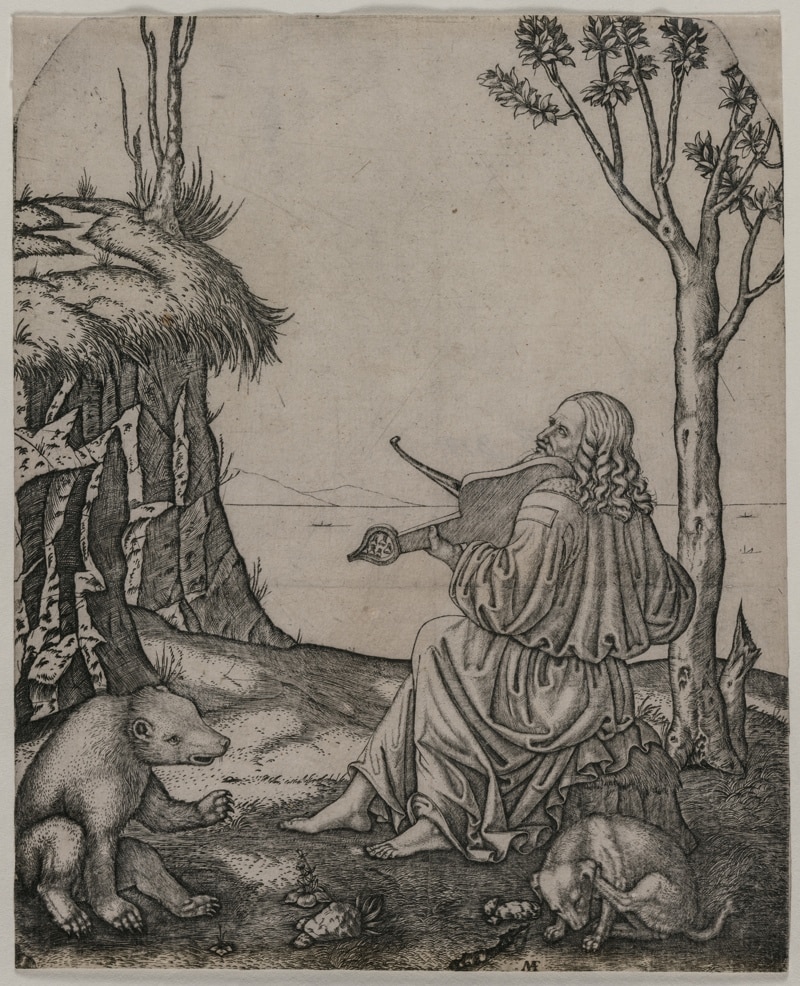Complete Guide About Engraving
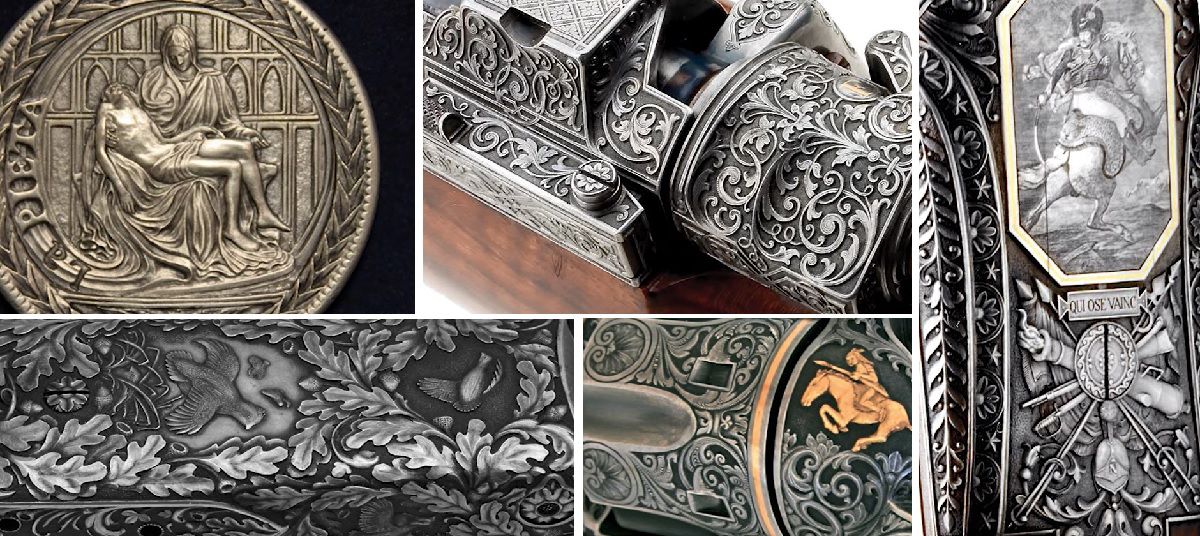
Engraving is a form of art that has been around for centuries.
Ancient carvings can still be found in caves as well as on pottery from around the world.
These drawings are evidence of the earliest human artistic expression and continue to amaze us today.
Engraving techniques have been used to create many works of art from ancient times to now, including some beautiful examples by famous artists like Leonardo da Vinci and Michelangelo.
Engraving is still an essential form of art today, with new techniques being invented all the time!
In this complete guide to engraving, we will explore its history as well as its modern-day uses today.
Feel free to jump to a relevant section by using any of the links below:
Why Do People Engrave?
Since so many cultures use different forms of engravings, it’s hard to pinpoint one particular meaning.Over time, the reasons for engraving have changed and will likely continue to change in the future.
In ancient times, people carved or inscribed items in honor of their gods or rulers. Stone carvings found in the Serengeti Plains of Africa prove that man worked with stone as long as 500,000 years ago. Other goddesses and gods have been found inscribed in rock around the globe, from Austria, to Egypt and the Americas.
Another use of engraving is to show wealth. Beginning around 3,000 BC, Hittite carvers began engraving “seals.” These seals were simply ornate pieces of jewelry made from precious gemstones or soap stones. Each seal was engraved with a unique and intricate design. It is likely that only the most wealthy individuals owned one of these seals.
Like today, people of ancient times used engraving to make things ornate. They would engrave fixtures for temples and synagogues, the same as we engrave jewelry, furniture or other items.
However, the most important use of engraving is to use record history. With help of the Rosetta Stone, scholars were able to understand ancient hieroglyphics as more than artistic pictures. They were instead a compilation of historical records. Other records have been found on metal plates and scrolls used to preserve the information over time.
What is Engraving?
Historically, engraving was a form of art involving the use of tools to create deep lines in a piece of metal or stone. The designs were scratched on the surface with various sized cuts and grooves using hammers and chisels.
Engraving tools come in all shapes and sizes. Hammers were traditionally made out of stone or metal (sometimes ivory), but bradawls have also been popular for smaller designs since they became available in the middle of the 19th century.
Today, engravers use a hardened steel tool, also known as a graver or burin, to cut designs into the surface of various materials.
Examples of tools are shown below:
Types of Engraving
There are a few main ways that engraving is performed. Each method is different with respect to how long it takes, how efficient a process it is, and how easy it is to duplicate.
Some of these engraving styles have been around for centuries, and others are relatively new. We’ll start with some of the oldest styles of engraving and work our way to modern styles.
1. Hand Engraving
Hand engraving is one of the most intricate, laborious methods of engraving. Etchings were typically done using a small engraving tool by a skilled artist. Although not as precise as using a computerized engraver, many people choose this form of engraving because of the piece’s craftsmanship and individuality.
Hand engraving takes a lot of time and is very expensive, but the results produced are not just simple etchings, but rather unique works of art, that are nearly impossible to replicate.
Hand Engraving has been used in many civilizations, for many years. There are two main types of techniques used throughout the years.
Push Engraving:
The oldest form of hand engraving is called “push engraving.” It sounds like what it is. The engraver takes a sharp tool or gouge and pushes it into the material to leave a mark.
This type of engraving is extremely taxing on the human hand, and can’t be done for prolonged periods of time.
This technique is also limited to certain materials as it can be very difficult to etch into hard surfaces using “push engraving.”
Chasing
Chasing is assumed to be the second oldest method of engraving. Chasing is simply the use of a hammer (or some other tool) to strike the engraving tool, such as a chisel.
Chasing has been used for over 47,000 years to create some of the most well known sculptures such as the statue of David seen to the right.
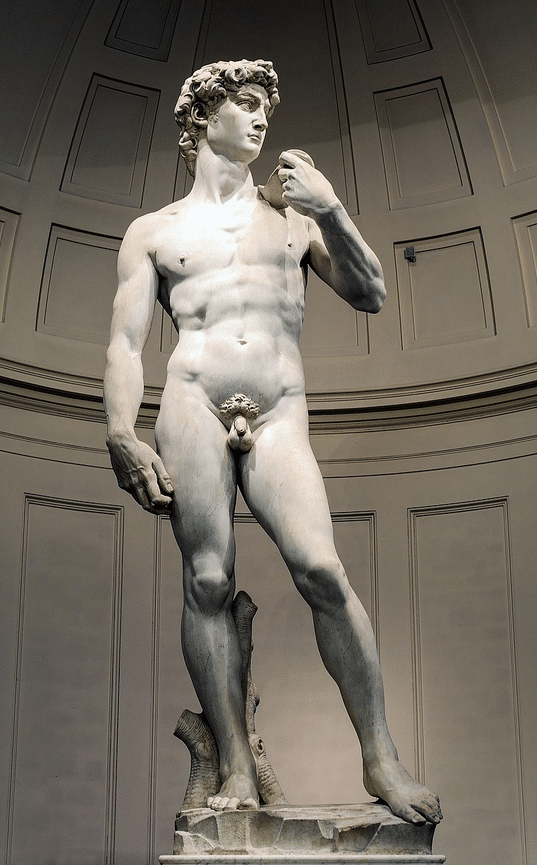
Modern Hand Engraving:
Although Hand Engraving is slowing becoming a dying art, there are still a few talented artists who will commission pieces. Most modern hand engraving is done on pocket knives, belt buckles and jewelry as it is very expensive and requires a lot of time.
Below are some beautiful examples of Hand Engraving done by master artist, Sam Alfano.
2. Diamond Drag Engraving
Due to the difficulty and skill required for hand engraving, machines were created in the late 1800’s making the practice much easier. The first significant innovation the industry was “Diamond Drag Engraving.”
Sometimes known as “scratch” or diamond-drag engraving, this simple type of engraving is used for metalwork such as aluminum and brass. However, a computer engraver can produce equally impressive results to hand-engraved items, and the result sometimes even mimic hand engraving.
This type of engraving is used to expose the bare metal underneath the top-colored coating. If it’s a clear coating, the engraved area can be blackened by oxidizing the area to provide a contrast on the engraved item.
The material is removed by use of an industrial grade diamond cutter. Once the image has been vectored using a computer graphics program, the information is sent to the diamond engraving machine where it produces the image on the desired material.
The results are very similar to that of hand engraving and has significantly reduced the cost of engraving in the last 200 years, opening the luxury of engraving to the Middle Class.
Click here to learn more about diamond drag engraving.
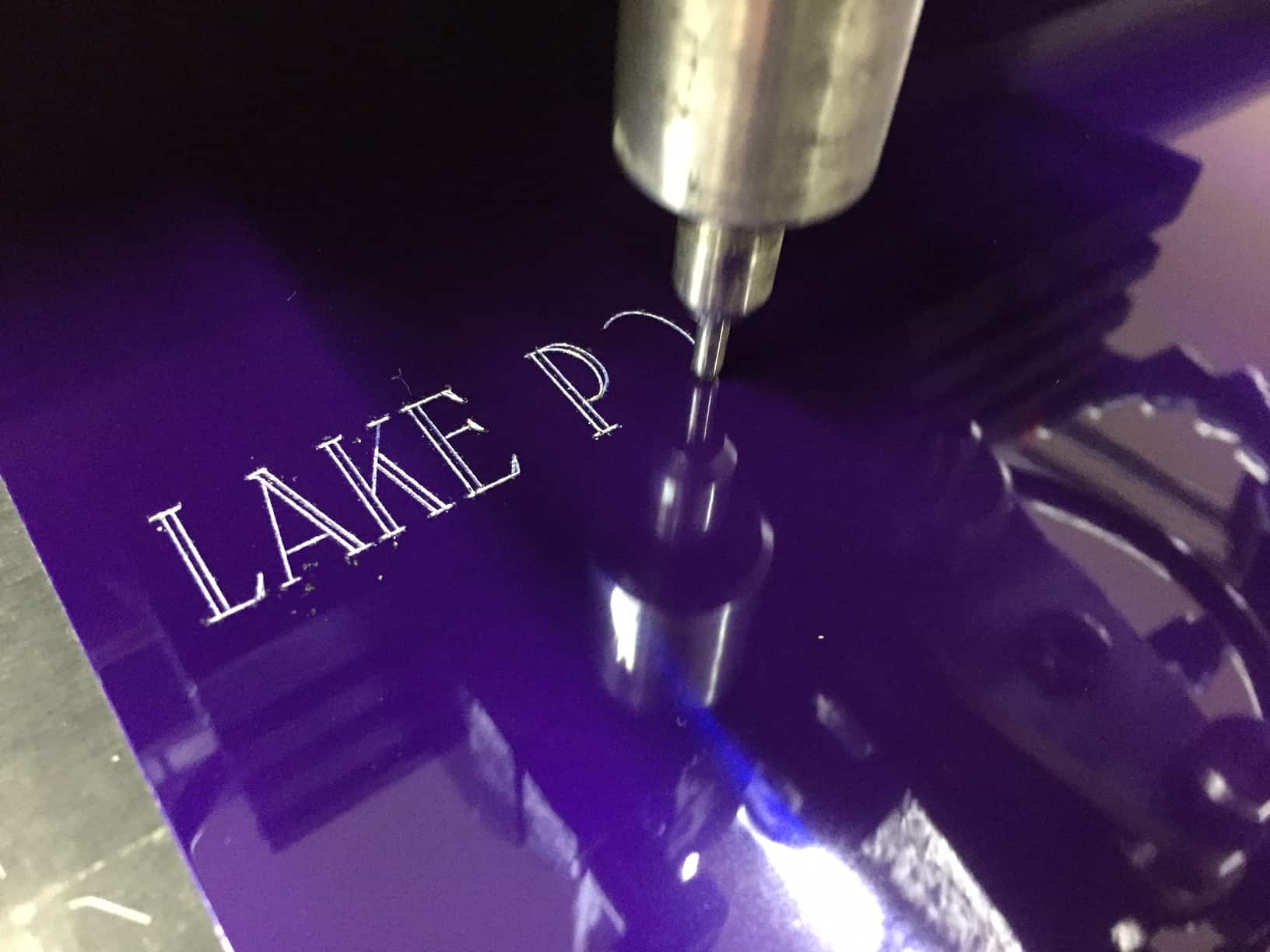
Diamond Engraving Machine. Photographed by Gem Awards, Inc.
3. Rotary Machine Engraving
In this form of engraving, tools are controlled by a machine to create the exact design without any error. The computer is already programmed with the desired design, making the process efficient, fast, and easily duplicated.
This type of engraving is more affordable because it takes a fraction of the time other processes like hand engraving take. However, it cannot be used on heat-sensitive materials such as gemstones, plastic, or grass because it can damage or heat the jewelry during the engraving process.
There quickly arose a need to engrave on items that weren’t perfectly flat. Quickly after the first computerized engravers were invented, rotary attachments and machines were adopted to help diamond engravers etch onto round and oblong surfaces. One of our most popular rotary items are engraved brass hand bells.
4. Laser Engraving
Laser engraving is a modern-day form of engraving that has been around for since the late 1900’s and is easily adaptable. To perform this type of engraving, a concentrated laser beam is used on the material. The thicknesses of the laser can be adjusted to either decrease or increase the size of the engraving, as well as the strength of the laser to create a deeper texture.
This type of engraving is very versatile because it can be used on nearly any item, including glassware, jewelry, or any other material you want to have engraved.
Laser engraving has become famous for etching images into wood like surfaces. For hundreds of years, images had to be hand-carved into wood, but with the introduction of lasers, images can be engraved to perfection in all types of wooden materials.
Click here to learn more about laser engraving.
5. Sublimation Engraving
Sublimation engraving is one of the most popular techniques for engraving materials because it’s very fast and cost-effective. Instead of extracting a material, it prints into the material itself.
Using extreme heat and pressure, images are transferred to the material directly making it easier to engrave complex or detailed messages.
Sublimation Engraving quickly became known to most as “Full-Color engraving” due to the innovation that you could actually add color to a product instead of being limited to leaving behind an image from removed materials.
The versatility with sublimation engraving is limitless. Popular products are name tags, photo plaques and custom medals.
Click here to learn more about Sublimation Engraving.
6. Sand carving or Sandblasting
Sand carving is quite a simple technique. It involves using various-sized materials that are sand-like to propel the image onto the surface. This creates a frost-looking spotless result on marble, glass, stone, crystal, and other surfaces.
Sandcarving produces an effect that looks very similar to engraving but doesn’t require the same level of skill or precision and is easier for people with less experience.
Ancient Uses of Engraving
Engraving has primarily been used for three primary reasons: Art, Worship & Record Keeping.
Most early stone carvings and cave drawings appear to be images depicting gods or other rulers. These depictions usually feature a god or ruler sitting on a throne, along with other godlike images or elements.
As engraving became more common, artists began creating beautiful cameos depicting famous people or rulers. These cameos were the bridge between engraving for the use of worship and engraving for art.
Below you can learn more about a few specific types of ancient engravings.
1. Cave Drawings
Engravings can be found in caves and on pottery all around the world. This was widely popular in historical art and usually referred to a drawing that was created using some type of shape tool, like a sharpened rock or lithic flake. These engravings were put on the floor, wall, or cave ceiling. Some famous cave engravings include the caves of TroisFreres and Cussac.
2. Petroglyphs
Petroglyphs are engravings on rock and can be found in many places around the world. This type of image was created by removing a rock surface by carving, abrading, incising, and picking. This was not a form of art, and instead, were important images that represented beliefs, messages, and themes that were sacred to a tribe. They were intended to teach and document for the next generation of tribe members.
Modern Uses of Engraving
There are many reasons why people use engravings in their everyday life. Most of the time, they use this to create a gift, personalized item, show authenticity, or create a unique item to stand out from their competitors. Engraving is more popular than ever with the rise of new technology. It’s a form of art that can have a deep meaning and last forever.
3. Music Engraving
Engravings have been used to make music for a long time. Engravers are employed to create easy-to-read scores for musicians. However, the reason why they are given this term is that one of the most popular ways to make sheet music in the past was to etch every note on a metal plate. This was then used to print multiple copies. However, as technology evolved and grew, so did the way that music was created. Now, most music is written using computer software instead of engraving.
1. Awards & Trophies
Photography engraving is a unique way to preserve a person’s favorite photo memory by engraving wood or marble with lasers. A concentrated beam of energy will carve the photo’s outline, adding high-quality details to create a work of art that is typically given as a gift or ordered as a piece to hang up in the home.
2. Photography Engraving
Photography engraving is a unique way to preserve a person’s favorite photo memory by engraving wood or marble with lasers. A concentrated beam of energy will carve the photo’s outline, adding high-quality details to create a work of art that is typically given as a gift or ordered as a piece to hang up in the home.
This engraving, created by Marcantonio Raimondi around 1505, may show Leonardo da Vinci playing an instrument called a lira da braccio. The man in the engraving was thought to be Orpheus, a musician in Greek mythology. (Image credit: Image courtesy Cleveland Museum of Art, 21.4 x 17.3 cm. Dudley P. Allen Fund 1930.579)
3. Jewelry Engraving
Jewelry engraving is a unique way to personalize an already-owned item. It’s also a great alternative if you cannot find what you are looking for at your local jewelers and want something that doesn’t look like every other piece of jewelry in the store. Jewelers will usually offer jewelry carving as an additional service after they’ve created your piece, where you can add a name, date, or symbol to your jewelry.
4. Personalized Gifts
Engravings are also used to make personal items. Engraving on a nameplate, baking items, home decor, bags, jewelry, trophies, cups, plates, and glasses for weddings, monograms–the possibilities are endless! Essentially any item you can think of can be engraved in some way to create a more personalized item or show off a design.
What Will You Engrave Next?
Engravings are a form of art that can be used in many different ways and on any surface. This article has discussed the history of engraving, but it doesn’t have to stop there! Suppose you want your company’s logo engraved onto materials for promotional purposes or need personalized items with a touch of class at an affordable price. In that case, Gem Awards is here to help.
We don’t just do engraving–we specialize in making sure our customers get precisely what they need through all stages, from the design stage to delivery and customer satisfaction. Contact us today if you’d like further information about how we can help create a unique gift or keepsake for you and the ones you love.

